Designing interior spaces that are both functional and stylish requires careful consideration of various elements such as layout, furniture selection, colour scheme, and lighting. In this blog post, we will explore expert tips and advice on how to create interiors that not only look great but also cater to the practical needs of the occupants. Whether you’re revamping your home or designing a commercial space, these tips will help you achieve a harmonious balance between functionality and style.
Understand the Purpose and Needs of the Space:
Before embarking on any interior design project, it’s crucial to understand the purpose and needs of the space. Are you designing a cosy living room, a productive home office, or a welcoming restaurant? By identifying the primary function, you can tailor the design elements accordingly, ensuring that the space serves its intended purpose.
- Identify the primary function of the space (living room, office, restaurant, etc.)
- Consider the specific needs and requirements of the occupants or users
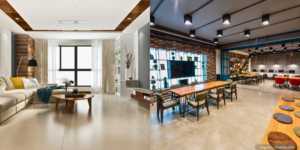
Optimise the Layout for Flow and Functionality:
A well-designed interior layout contributes to the overall functionality of the space. Consider the flow of movement and ensure that there is ample space for people to move comfortably. Arrange furniture and fixtures in a way that facilitates easy navigation and encourages interaction. Avoid clutter and create designated areas for specific activities, such as seating zones, workstations, or dining areas.
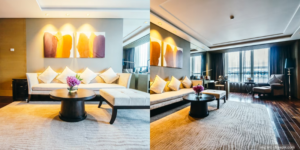
Choose Furniture Wisely:
Furniture selection is key to achieving a balance between functionality and style. Opt for pieces that not only complement the overall design aesthetic but also serve their intended purpose. Consider the scale of the furniture in relation to the room size and ensure that it provides comfort and meets the practical needs of the users. Explore multi-functional furniture options, such as storage ottomans or extendable dining tables, to maximise space utilisation.
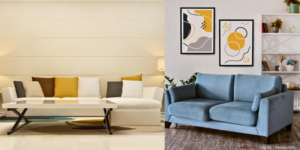
Pay Attention to Lighting:
Lighting plays a significant role in creating ambiance and enhancing functionality. Integrate a combination of medium, task, and accentuation lighting to cater to different needs and moods. Consider natural light sources and maximise their utilisation through strategic placement of windows or skylights. Install adjustable lighting fixtures to allow for flexibility and create focal points that highlight specific design elements or artwork.
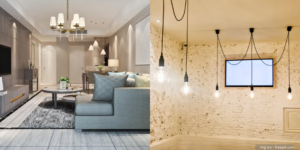
Use Colors and Textures Thoughtfully:
Colours and textures can greatly impact the overall look and feel of an interior space. Choose a colour scheme that aligns with the desired ambiance and complements the functional needs of the space. Lighter colours can make a room feel more spacious, while darker hues can add drama and cosiness. Introduce textures through fabrics, wall coverings, or materials to add depth and visual interest to the design.
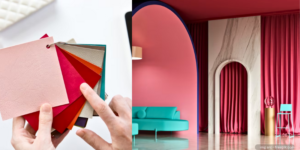
Incorporate Smart Storage Solutions:
Clutter can disrupt the functionality and aesthetic appeal of any interior space. Integrate smart storage solutions to keep the area organised and visually pleasing. Consider built-in shelving, hidden cabinets, or multi-purpose furniture with storage compartments. By effectively utilising storage options, you can maintain a clean and clutter-free environment.
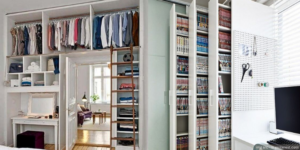
Pay Attention to Details:
The devil is in the details when it comes to creating swish innards. Pay attention to small details such as hardware finishes, trimmings, and accessories. These finishing touches can elevate the overall design and add a sense of refinement to the space. However, be mindful not to overcrowd the area with unnecessary decorations, as simplicity often enhances functionality.
- Consider hardware finishes, trimmings, and accessories to elevate the overall design
- Avoid overcrowding the space with unnecessary decorations
Incorporate Personal Touches:
While functionality and style are important, incorporating personal touches is what truly makes an interior space feel unique and welcoming.
- Add elements that reflect your personality or the brand identity of the space
- Include artwork, photographs, or sentimental objects that create a sense of connection
- Strike a balance between personalization and maintaining a cohesive design aesthetic
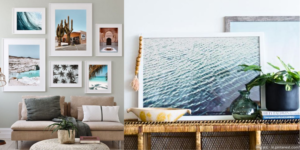
Conclusion:
Creating functional and stylish interiors requires a thoughtful approach that considers the needs of the space and the preferences of the occupants. By optimising the layout, choosing furniture wisely, paying attention to lighting, colours, and textures, incorporating smart storage solutions, and adding personal touches, you can achieve a harmonious balance between functionality and style. Remember to adapt these tips to your specific project and let your creativity shine to create interiors that are not only beautiful but also serve their intended purpose effectively.

